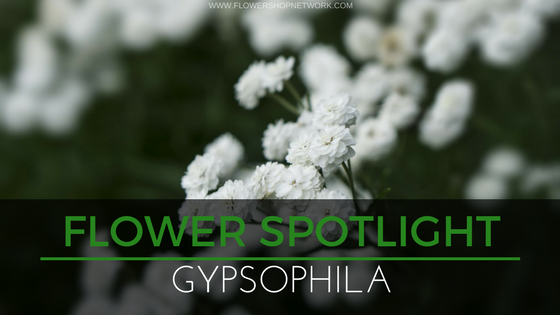
A commonly recognized flower, Gypsophila, or Baby’s Breath, has been used in flower arrangements for years. You can find them alongside roses on Valentine’s Day or in the bridal bouquet on a wedding day. Although they are not often the focus of a flower arrangement, they hold a great and complex meaning.
Origin and Symbolism
Baby’s Breath is native to Central and Eastern Europe, but can also be found growing across North America and other parts of the world. The scientific name Gypsophila originates from the Greek gypsos meaning, “chalk or gypsum,” and philein meaning, “to love.” It is often thought that this name comes from the plant’s love of gypsum-rich soil.
Baby’s Breath has many different meanings, the most common being everlasting love and innocence. For these reasons, it is usually used for weddings and also given to new mothers. It also represents pureness and freedom from corruption, the power of the Holy Spirit, and self-discipline.
Fun Facts
Gypsophila mostly comes in white, but there are also pink and yellow varieties.
Even though it is a commercially grown flower, Baby’s Breath is considered an invasive species in some areas.
Baby’s Breath is a long last flower and one of the easiest to dry. With this kind of versatility, it is often used in fresh and permanent arrangements.
It belongs to the Caryophyllaceae family, the same as carnations.
Some species have edible roots, but they must be baked for long periods to rid them of saponins, which can be toxic.
Availability
Baby’s Breath can be planted from seed in the spring and will grow throughout the summer. It is available to florists year-round.


 Find Your
Find Your 

Speak Your Mind